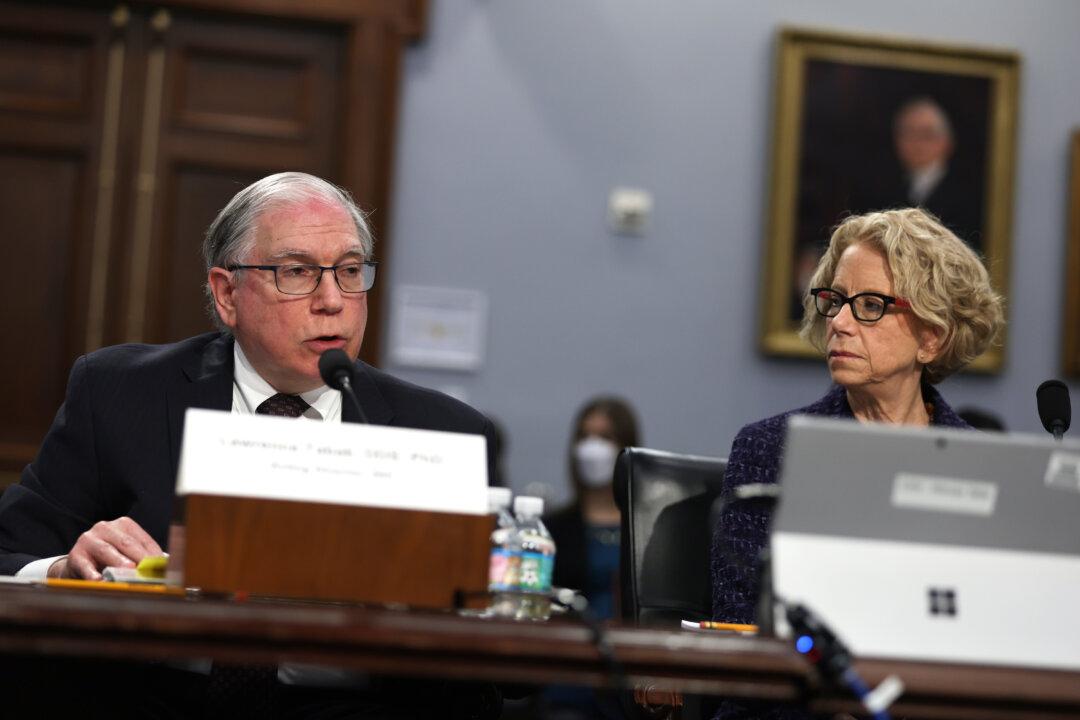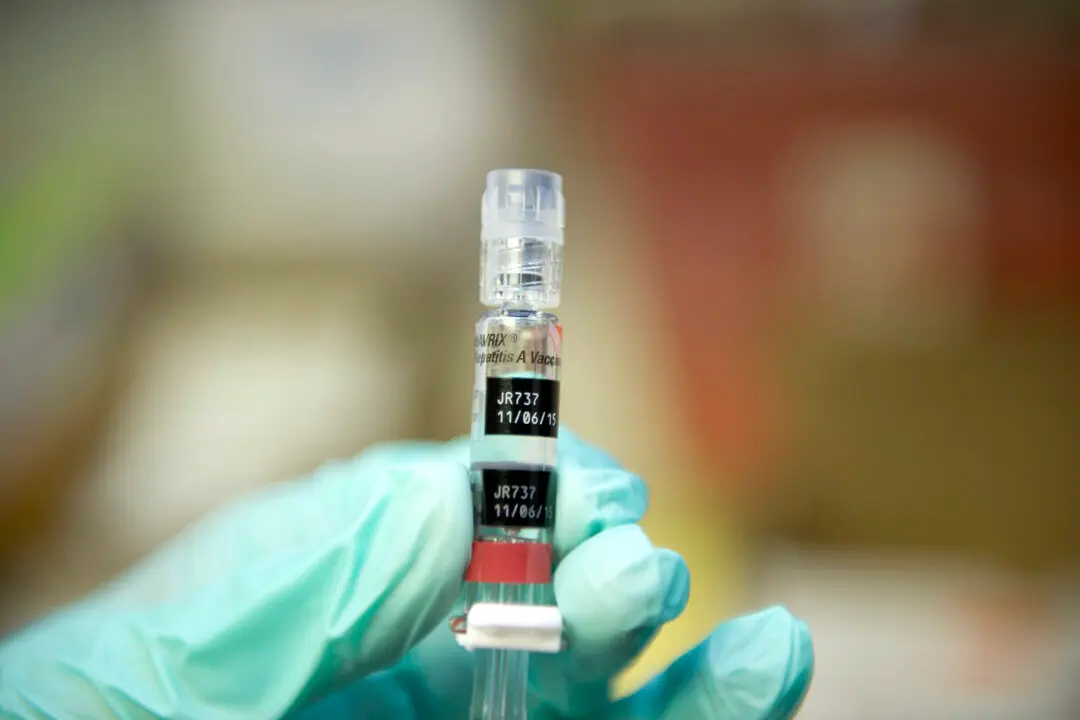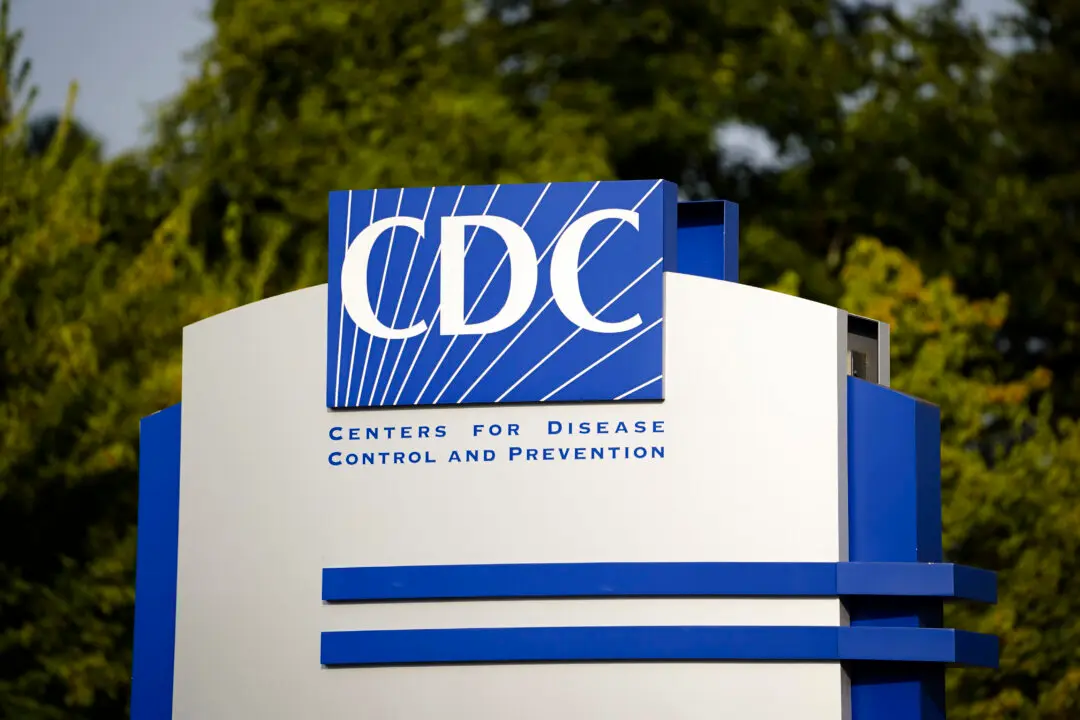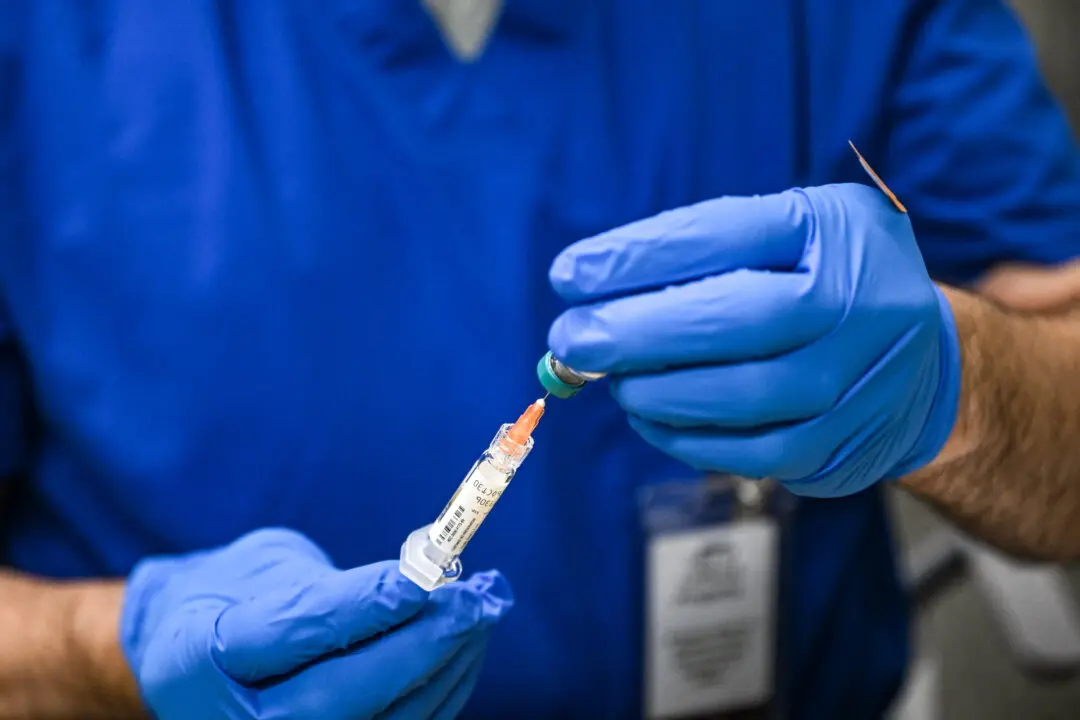The National Institutes of Health (NIH) made an error when it took COVID-19 sequencing data offline, the agency’s head said on May 11.
“In the way it was originally eliminated from public view, it was ‘withdrawn.’ And that’s the most difficult for people to access. The error that was made—and we found this out after a review of all of our processes—is, it should have been ’suppressed,'” Dr. Lawrence Tabak, the acting NIH director, told members of Congress during a hearing in Washington.






